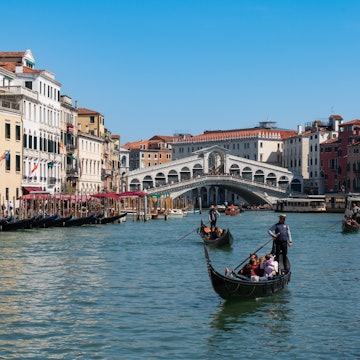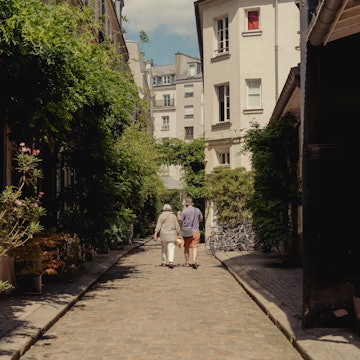
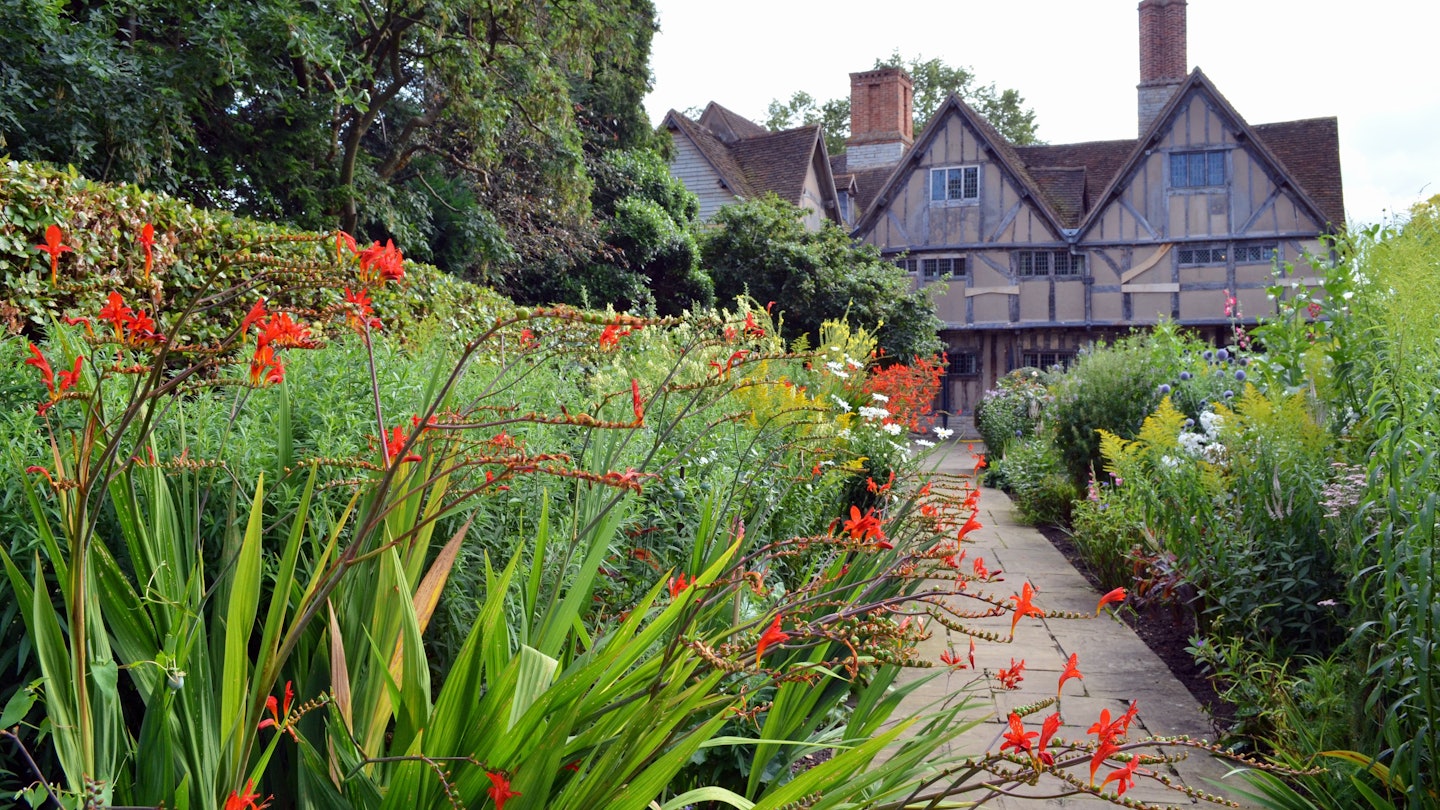
Visit Stratford-upon-Avon and Hall's Croft, which is one of three historical houses connected with Shakespeare's life. Ivanadb/Getty Images
England’s literary history is etched into its landscapes: the windswept moors that echo with the cries of Wuthering Heights, the quiet cottages where Jane Austen polished her sharp social comedies, and the serene lakes that inspired William Wordsworth’s poetry.
London, Oxford, and Bath may draw the lion’s share of literary travellers, but the soul of England’s bookish history lies in its small towns and villages.
Virginia Woolf once observed, “Every secret of a writer’s soul, every experience of his life, every quality of his mind, is written large in his works.” Across England, those secrets linger not just in books, but in these places that influenced writers and are waiting to be discovered.
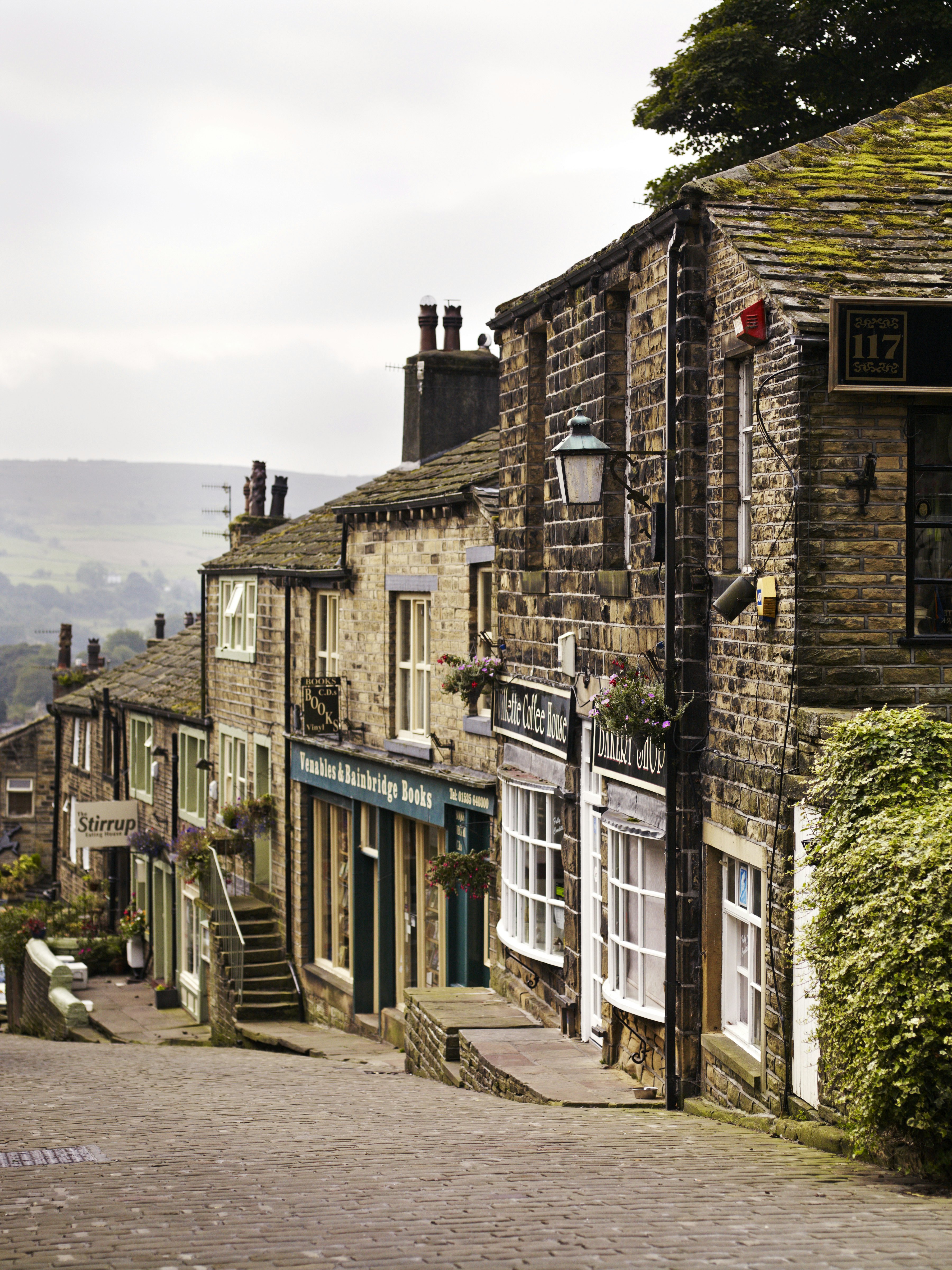
1. Haworth, West Yorkshire – Brontë country
Best for dramatic moorland landscapes
The Brontë sisters—Charlotte, Emily, and Anne—grew up in Haworth, a village of steep cobbled streets and stone cottages overlooking wild moors. The Brontë Parsonage Museum, once their home, preserves their manuscripts and belongings, while the annual Brontë Festival of Women’s Writing draws visitors from across the world. Don’t miss a ride on the heritage Keighley Worth Valley Railway. Follow the 7-mile section of the Brontë Way to Top Withens, the ruins said to have inspired the Earnshaw home in Wuthering Heights.
Planning tip: Browse the Wave of Nostalgia bookshop for Brontë-inspired crafts, or enjoy a pint at Old White Lion Hotel. Visit in September for the Brontë Parsonage events or autumn moor walks.

2. Grasmere, Cumbria – Wordsworth’s inspiration
Best for chocolate box scenery
William Wordsworth loved Grasmere, “the loveliest spot that man hath ever found”. His Dove Cottage has been faithfully restored to reflect life as it was over 200 years ago. Next door, the Wordsworth Museum explores his creative life through original manuscripts, letters, journals, and personal belongings. Explore the conservation area of Town End, complete with old lamp posts, cobbled streets and a 17th century farmhouse; pop into the medieval St Oswald’s Church (Wordsworth's final resting place), and return home with sweet treats from Grasmere Chocolate Cottage and a jigsaw puzzle from Barney’s Newsbox.
Planning tip: Stop by Sarah Nelson’s Grasmere Gingerbread shop, which has been delighting locals and visitors since 1854. Time your trip with the Grasmere Rushbearing Festival in July for a traditional Cumbrian celebration. You could embark on the 5.3-mile circular walk from Grasmere to Rydal Water, one of the Lake District’s smallest serene lakes. The low-level path along the shoreline is perfect for paddling and picnicking
3. Hill Top, Near Sawrey - Beatrix Potter’s home
Best for walking, exploring, and enjoying the countryside
The village of Near Sawrey is where Beatrix Potter wrote many of her beloved tales, from The Tale of Peter Rabbit to Jemima Puddle-Duck. Potter believed her village was “as near perfect a little place as I ever lived in”, and her former home, Hill Top, is now a beautifully preserved property, much as she left it, with sketches and personal treasures. Nearby, visit the Armitt, a museum and gallery in Ambleside; the Beatrix Potter Gallery in Hawkhead; and the World of Beatrix Potter in Bowness-on-Windermere. A 13-mile Beatrix Potter walk takes you along the shores of Lake Windermere and the wooded fells of Claife Heights, leading to Near Sawrey and Hawkshead.
Planning tip: Take the ferry across Lake Windermere to Near Sawrey, then enjoy tea at Tower Bank Arms, which was featured in Potter’s illustrations. A visit in spring showcases gardens awash with colour.
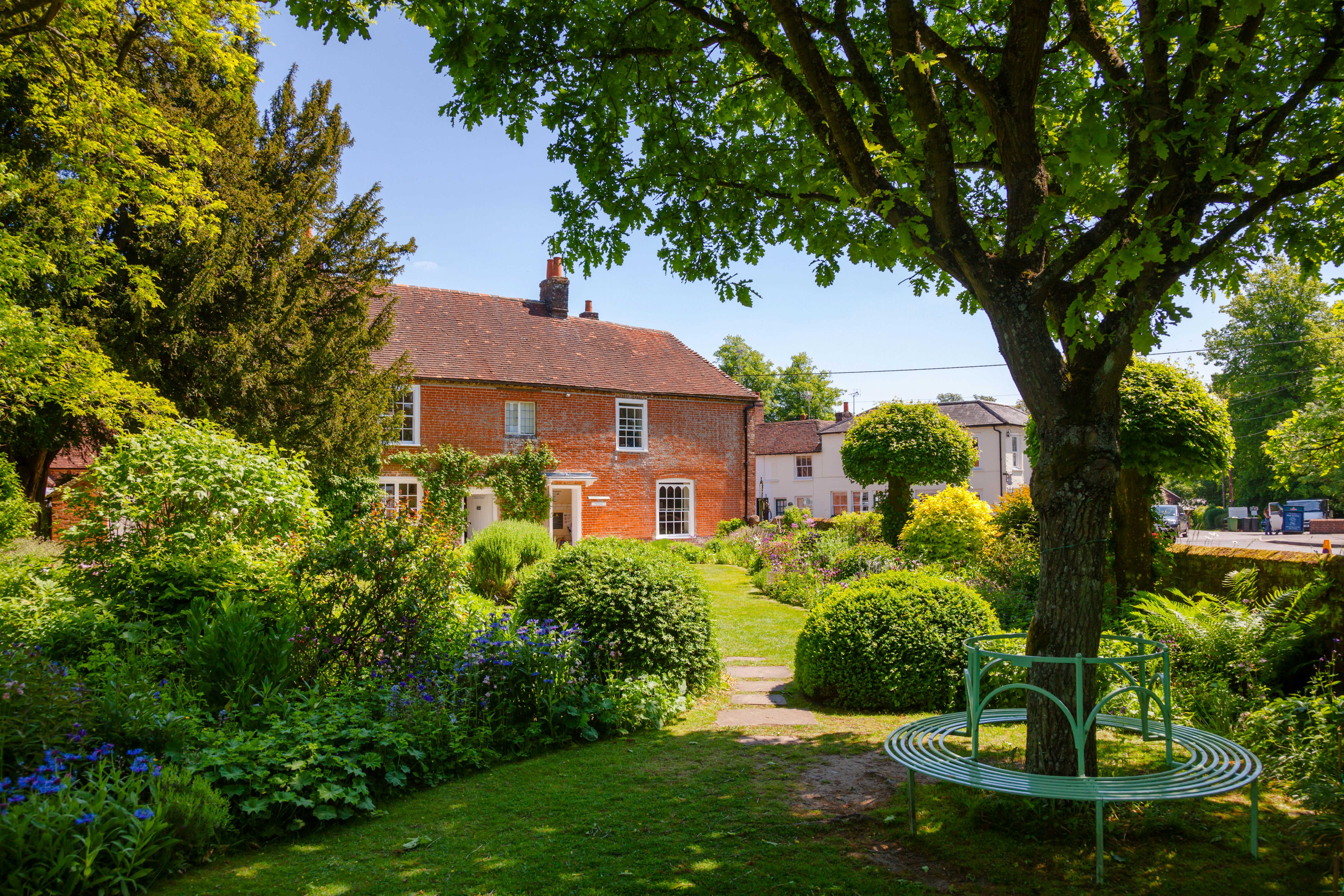
4. Chawton, Hampshire – Jane Austen’s village
Best for country pubs, walled gardens and afternoon tea
Jane Austen spent her later years in the village of Chawton, where she revised Sense and Sensibility and Pride and Prejudice. Today, the Jane Austen House is a cherished destination for Austen fans, a literary time capsule displaying her personal letters, garments, and her writing table. The village’s Georgian charm and quiet lanes create the feeling of Austen’s England. Nearby, the historic Chawton House, once owned by Austen’s brother, hosts exhibitions on early women’s writing. Walk the 4.5-mile Jane Austen Circular Walk which evokes the author’s countryside rambles, following in her footsteps across fields and through the village of Farringdon.
Planning tip: Visit the delightful Cassandra’s Cup tearoom for afternoon tea, or walk 1.8 miles to the thriving market town of Alton, where Austen and sister normally went shopping.

5. Bakewell, Derbyshire – Pride and Prejudice inspiration
Best for fresh air in the garden and outdoor fun
Said to be the inspiration for Lambton in Jane Austen’s Pride and Prejudice, Bakewell is a charming town with honey-hued stone buildings, winding lanes, and riverside walks. The historic market town is an ideal base for visiting Chatsworth House, widely believed to have inspired Mr Darcy’s Pemberley. The sweeping grounds and stately grandeur offer a glimpse into Austen’s fictional world. Visit All Saints Church, housed in a Grade I listed building, and explore Old House Museum, which offers a window into Bakewell’s rural past. The 6-mile Bakewell-to-Chatsworth loop follows the Monsal Trail, meanders through woodland and the village of Edensor, and finishes at Chatsworth. Stop off for a cup of tea and cake at Edensor Tea Cottage.
Planning tip: Sample the famous Bakewell tart at The Old Original Bakewell Pudding Shop. In August, make time for Chatsworth Country Fair, one of England's most popular annual outdoor events.
6. Great Missenden, Buckinghamshire – Roald Dahl’s imaginarium
Best for imagination and escapism
Roald Dahl’s imaginative world is rooted in Great Missenden, the village he called home for 30 years. Tucked in the Misbourne Valley of Chiltern Hills, it’s all winding lanes, half-timbered cottages, and Georgian façades. The Roald Dahl Museum and Story Centre is a treat for visitors of all ages, featuring the Boy gallery, which explores Dahl’s school days; the Solo gallery, with the author’s Writing Hut; and the interactive Story Centre. Nearby, the 12th-century Missenden Abbey is now a venue for conferences and weddings. Roald Dahl’s Village Trail weaves through the author’s favourite countryside haunts, taking in key locations from Danny, the Champion of the World, as well as other local landmarks.
Planning tip: Drop by The Nag’s Head pub, which Dahl frequented, or stroll past 62 High Street, formerly The Red Lion inn, where RL Stevenson spent a night in October 1874 during a walking tour of the Chilterns.
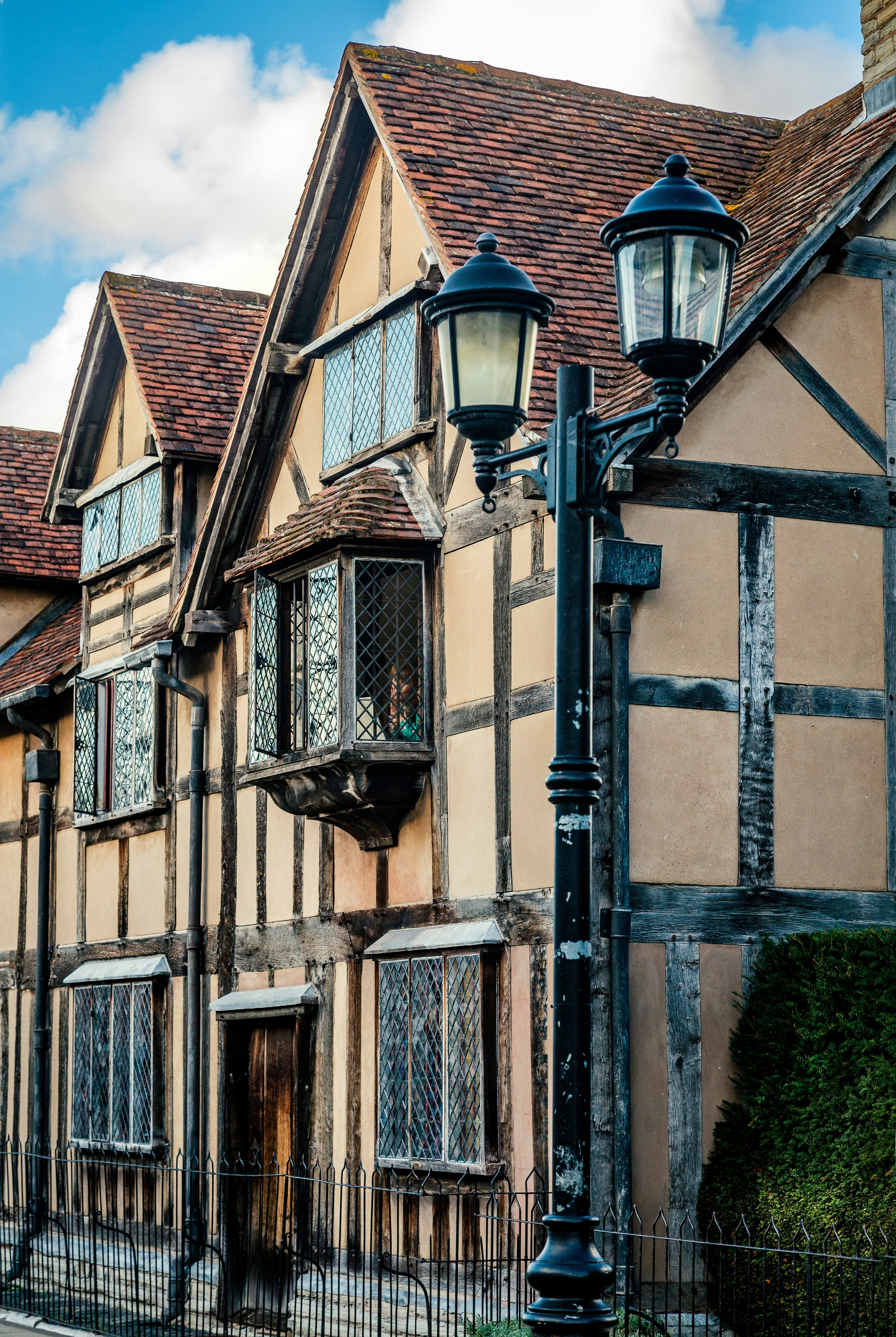
7. Stratford-upon-Avon, Warwickshire – Shakespeare’s hometown
Best for history and culture
Stratford offers quiet corners for those willing to step off the touristy path. Visit Shakespeare’s Birthplace, the bard’s childhood home; and Hall’s Croft, the home of his daughter. Stroll the Avon riverbanks and explore Anne Hathaway’s Cottage, the family home of William Shakespeare’s wife-to-be in Shottery. Don’t miss Mary Arden’s Farm, the childhood home of Shakespeare’s mother, in Wilmcote. Follow a two-mile circular walk along the River Avon, beginning and ending at the Bancroft Gardens and winding through the heart of the market town.
Planning tip: Catch a Royal Shakespeare Company performance, or browse books at the Shakespeare Bookshop, the bookshop of the Shakespeare Trust.
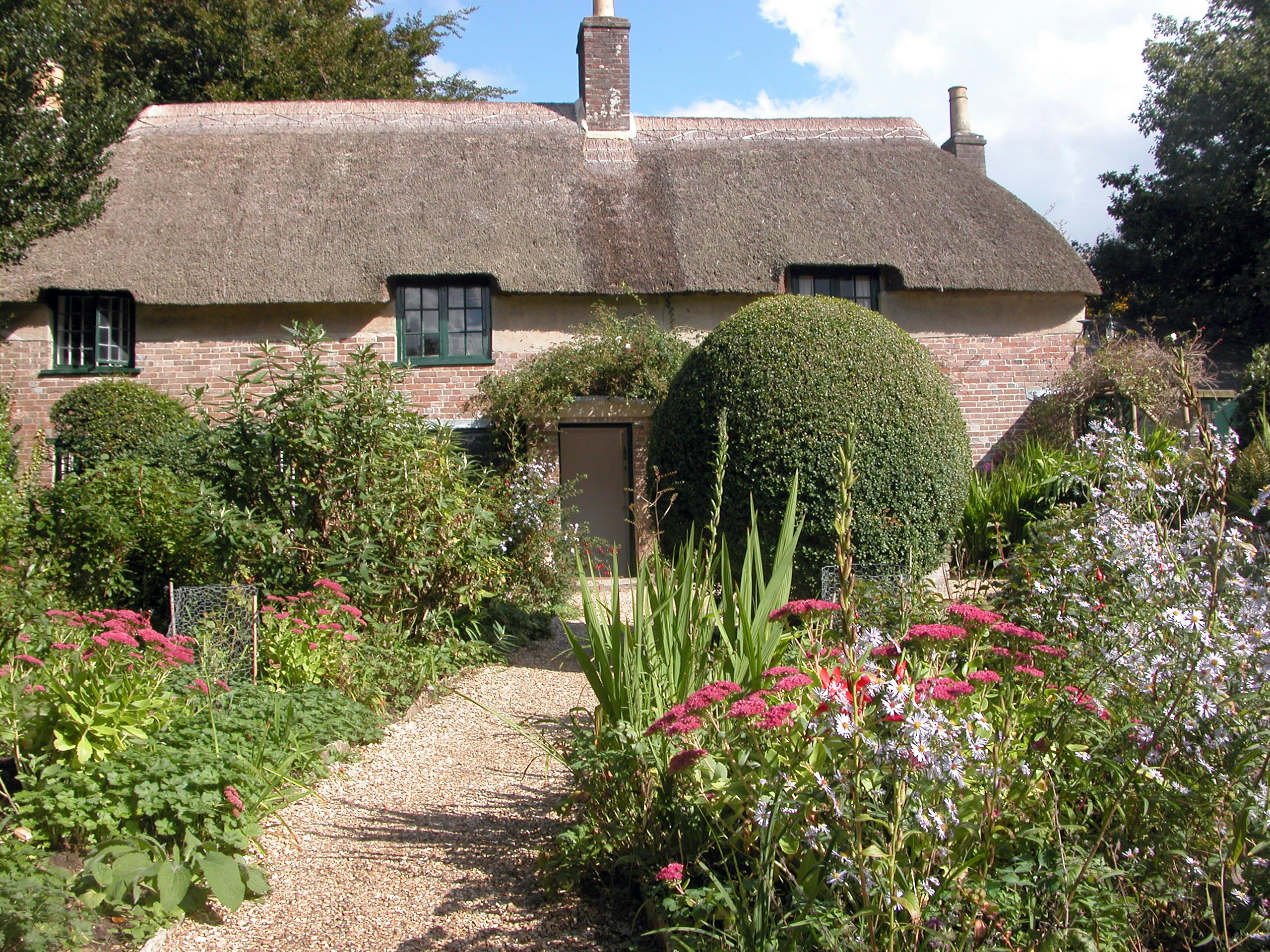
8. Dorchester, Dorset – Hardy’s Wessex
Best for rolling hills and beaches
Dorchester and its surrounding countryside form the backdrop to Thomas Hardy’s fictional Wessex, the landscape that shaped much of his literary world. The cob-and-thatch Hardy’s Cottage is where he wrote Under the Greenwood Tree and Far from the Madding Crowd, and has a beautiful garden. At Max Gate, the Victorian home Hardy designed and lived in for 40 years until his death in 1928, visit the study where he penned much of his poetry. The rural landscape, from chalk hills to rustic barns, still echoes scenes from Tess of the d’Urbervilles and Jude the Obscure.
Planning tip: Stop at the Dorset Museum and Art Gallery to explore key themes of Hardy’s life. A visit in June lets you enjoy the Thomas Hardy Victorian Fair. You can explore a stretch of the 216.5-mile Hardy Way, a long-distance trail that meanders through the heart of Hardy’s Wessex, or opt for the 3.6-mile Puddletown Forest Circular, a loop popular with hikers and walkers.
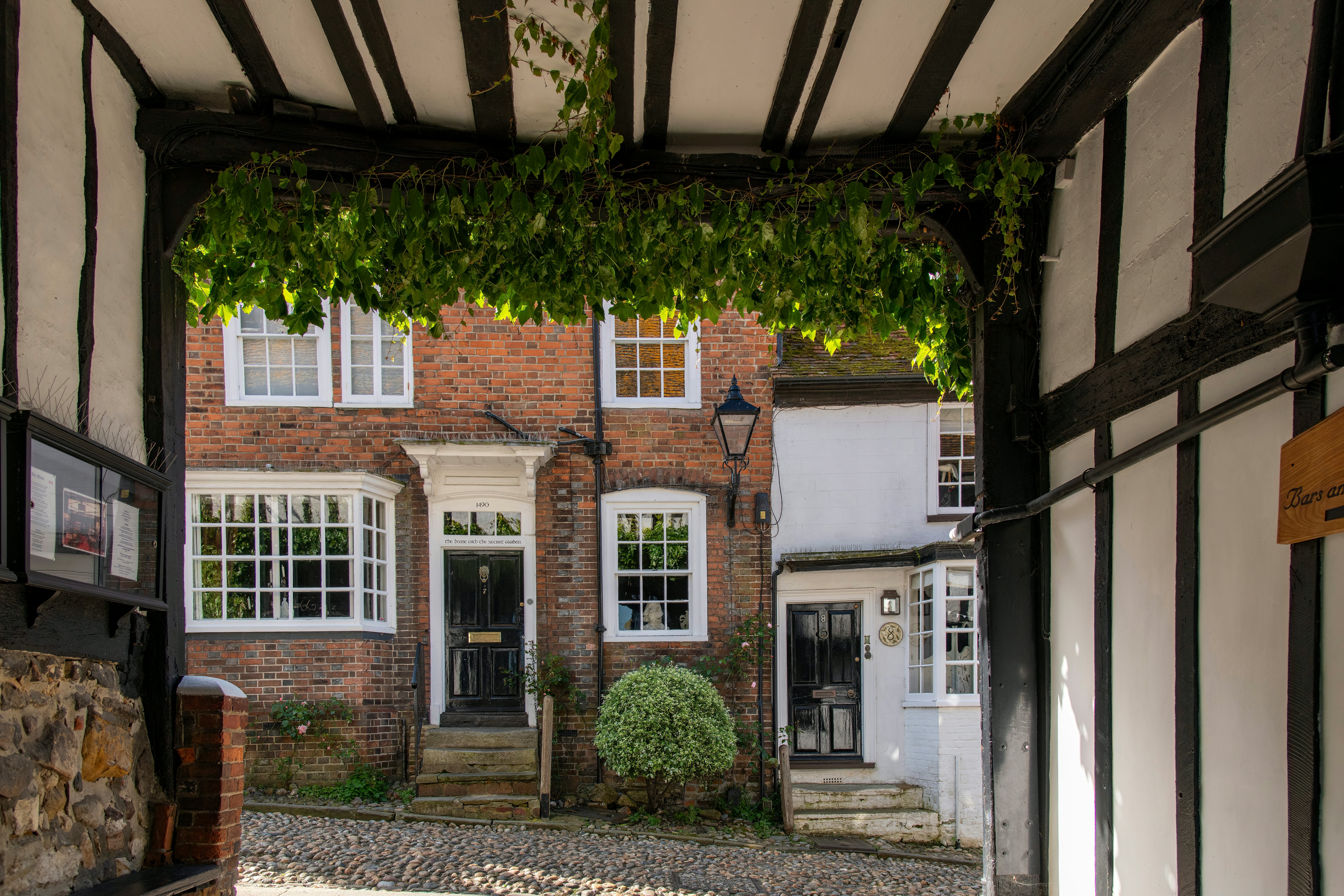
9. Rye, East Sussex – Bohemian book haven
Best for fish and chips and icecream
With its half-timbered houses, cobbled lanes, and medieval passageways, Rye is one of England’s prettiest historic towns. Its literary heritage, however, is less widely known. Author Henry James once lived at Lamb House, while EF Benson immortalised the town in his Mapp and Lucia novels. Rye has a creative, bohemian charm, courtesy its indie bookshops, vintage markets, and the lively annual Rye Arts Festival. Not far, the golden sands of Camber provide a coastal contrast.
Planning tip: A self-guided three-mile walk takes you from Lamb House to Mermaid Street and the Ypres Tower. Visit Rye Bookshop, pick up gifts at Pocket Full of Rye, or stop for cake at The Cobbles Tea Room. Time your visit with Rye International Jazz & Blues Festival.
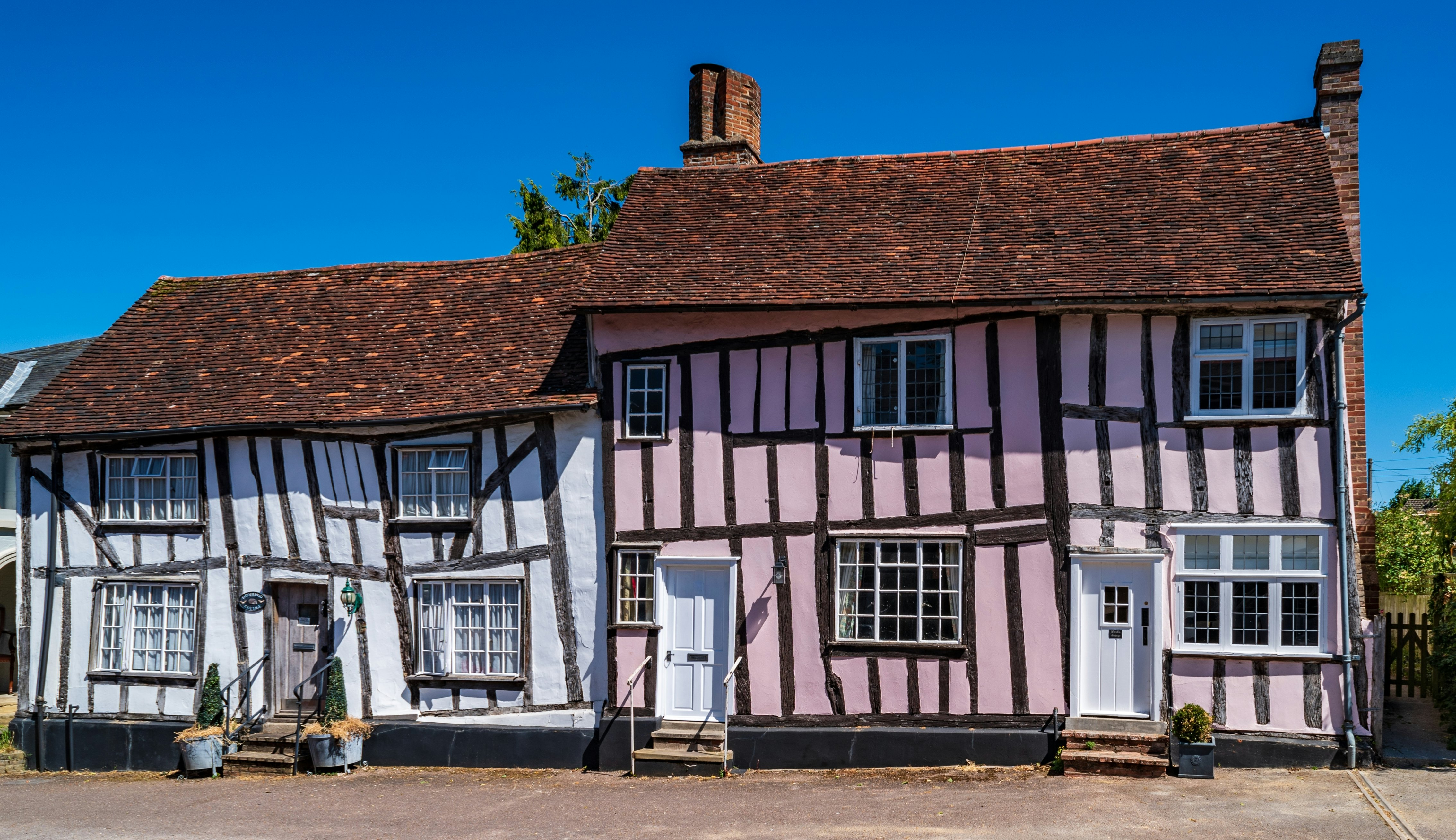
10. Lavenham, Suffolk – Storybook village
Best for Harry Potter enthusiasts
One of England’s best-preserved medieval villages, Lavenham is nestled in the heart of the Suffolk countryside. Made famous by Suffolk Summer (1948), written by a young American serviceman during WW2, the town, with half-timbered houses and crooked lanes, shot into the spotlight recently as Godric's Hollow, a fictional wizarding village in the Harry Potter series. The Crooked House is often linked to the old English nursery rhyme There Was a Crooked Man, while Twinkle, Twinkle, Little Star, one of the world’s most beloved lullabies, was penned by Lavenham resident Jane Taylor. Nearby Sudbury is home to Thomas Gainsborough’s House and also the setting for Dodie Smith’s 101 Dalmatians. On the Talbot Trail, don’t miss the fountain where Pongo and Missis had a drink as they searched for the puppies.
Planning tip: Explore the village via the 1-mile Lavenham Historic Walk, which passes centuries-old guildhalls and lanes, or sign up for a guided walking tour to explore the Harry Potter connection. Check into the award-winning luxury stay, De Vere Houses, the last house in Lavenham to be owned by the Earls of Oxford, and step out for a spot of lunch at The Swan Hotel.









